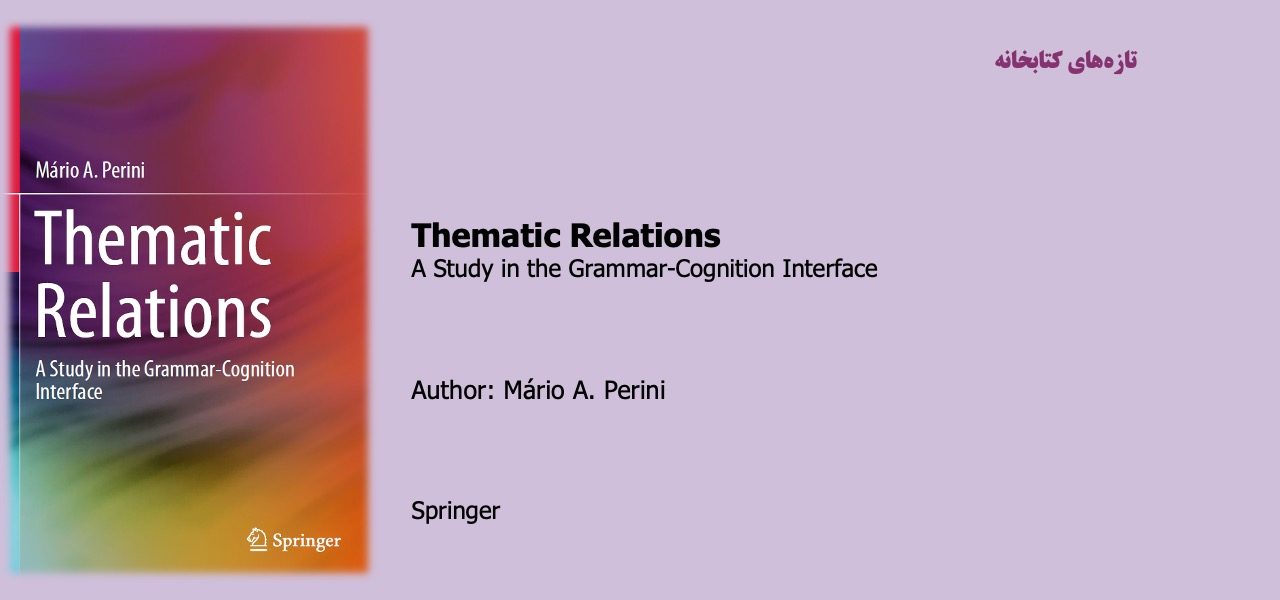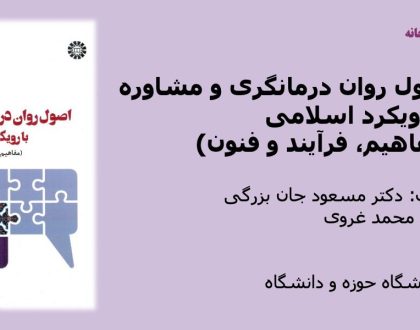Thematic Relations

A Study in the Grammar-Cognition Interface
This book grew out of questions that arose during the construction of the Valency dictionary of Brazilian Portuguese verbs, and from my previous work on the topic, since about 2005. In a previous book (Perini 2015), I deal with basic theory and practical questions of analysis; the present one takes these practical questions a step ahead, adding a number of new examples, and also touches on more general questions, which extend to lexicogrammatical analysis in a wider sense.
The reader may find that my text rambles over several theoretical problems, but these problems are actually connected with the general aim of making the relation between form and meaning explicit, and describing it in such a way as to reach the two extreme points of the process, namely phonetic form and meaning structure, both of which are accessible to observation, sensorially and introspectively. I argue that the introspective component is just as concrete and observable as the phonetic one; in this, I follow methodologically concerned authors such as Itkonen (1974) and Talmy (2007), as well as most linguists working on the analysis of particular languages, who sometimes do not acknowledge their debt to introspective observation, but make use of it just the same. Introspection is the only way to access meaning, and describing in clear and complete terms the relation between form and meaning is an inevitable task of linguistics; it is derived directly from the definition of a language as a system relating these two spaces. I hope I am sufficiently clear about these important points in this book.
This book is not, nor does it include, an exhaustive review of the literature on thematic relations and related topics. It is thought of primarily as a set of questions and proposals meant to help people working in an area of language structure which I feel to be insufficiently understood, as far as the descriptive quality of the proposals is concerned, namely the semantic and cognitive relations between the constituents of a sentence. Accordingly, reference is made to work directly connected with the point under discussion at the moment, and criticism is directed at its empirical import, in preference to their eventual theoretical claims. The emphasis is on description, rather than theory-building; but this does not exclude theoretical argumentation since there is nothing simple about linguistic description.
مطالب مرتبط

اصول روان درمانگری و مشاوره با رویکرد اسلامی (مفاهیم، فرآیند و فنون)
۲۶ / بهمن / ۱۴۰۳

آموزش مهارت نوشتن از منظر شناختی
۲۶ / بهمن / ۱۴۰۳


